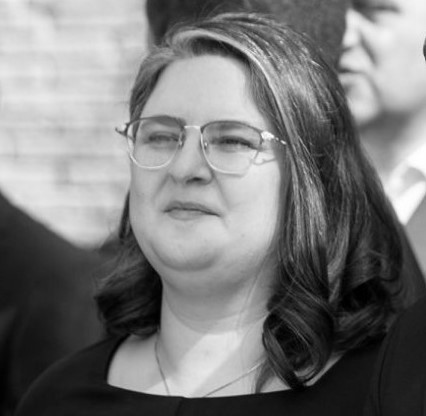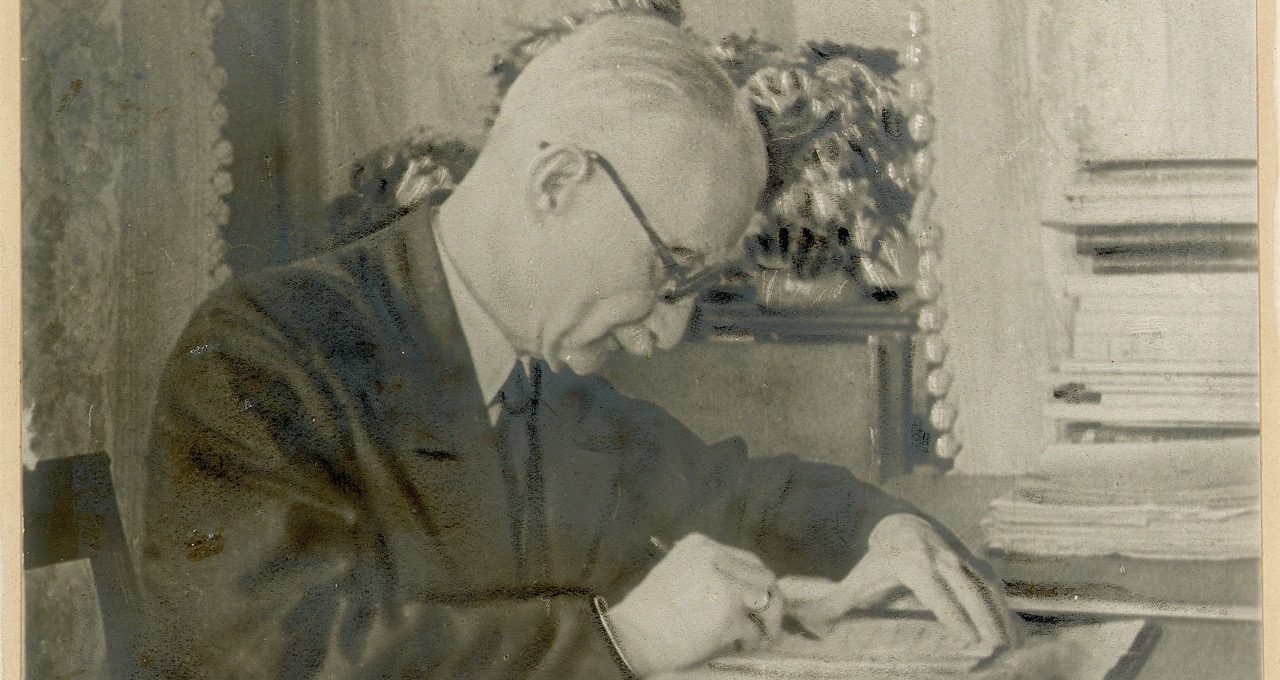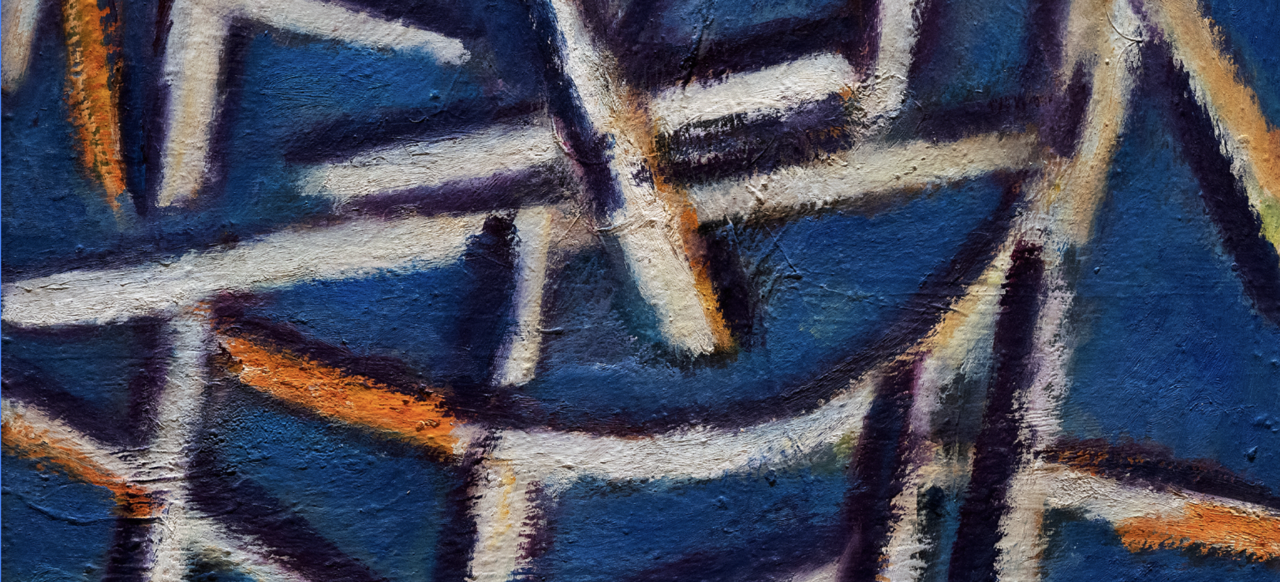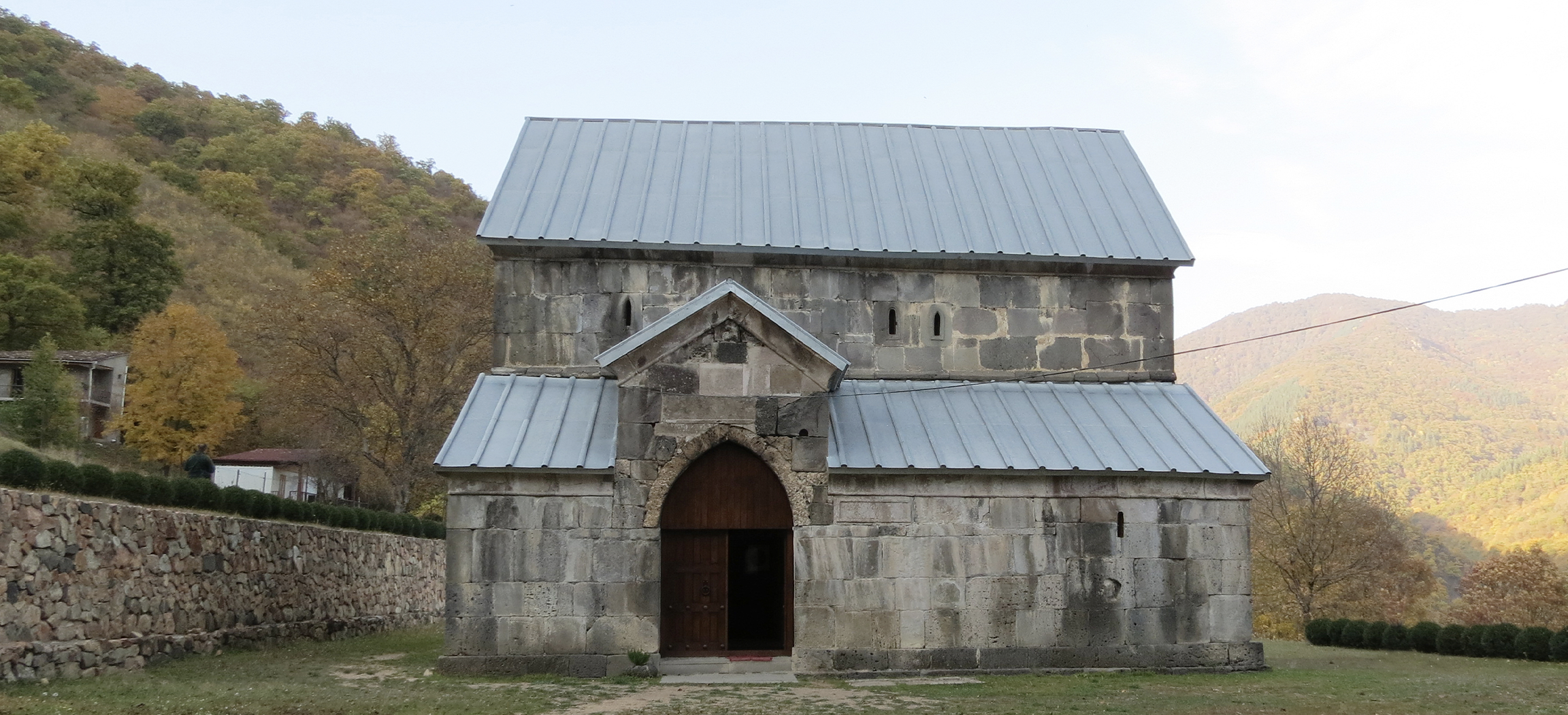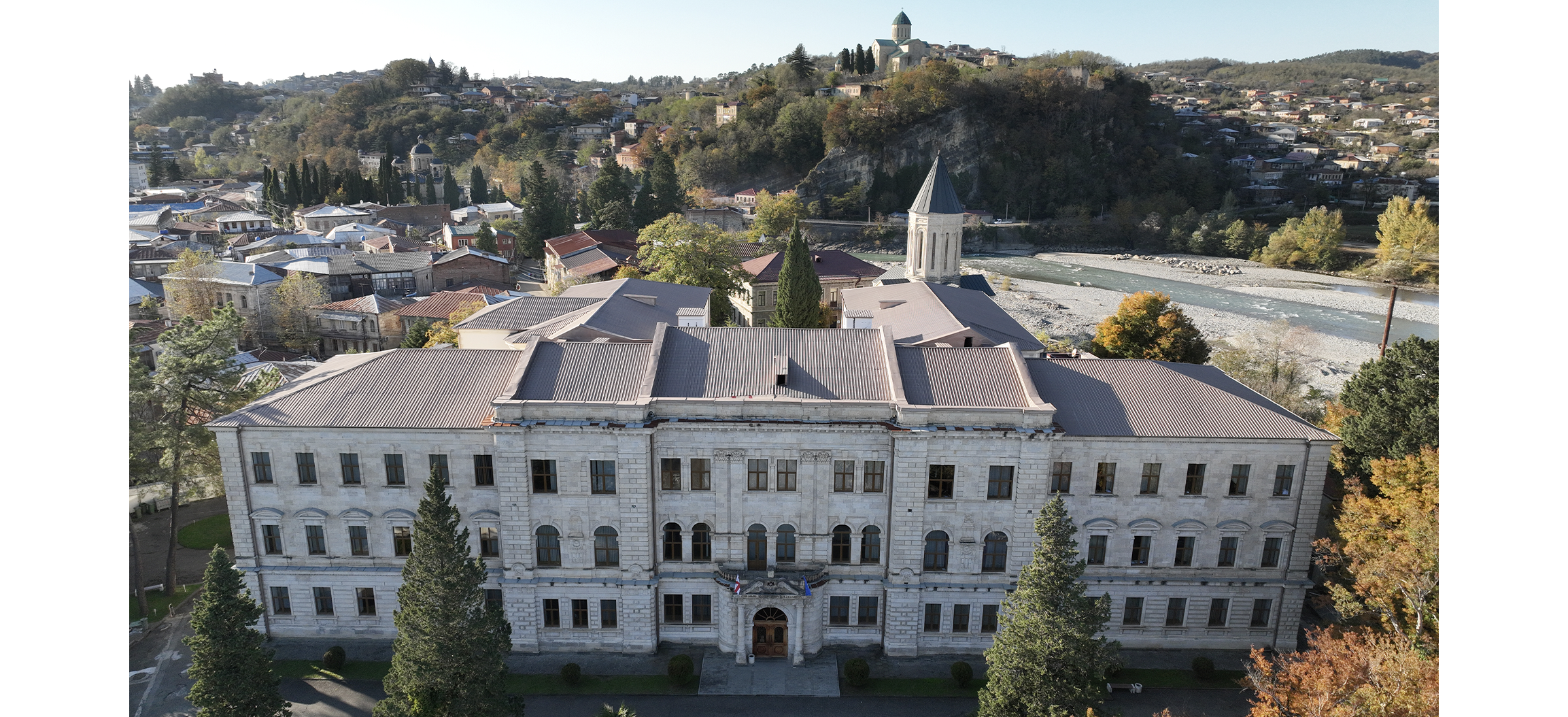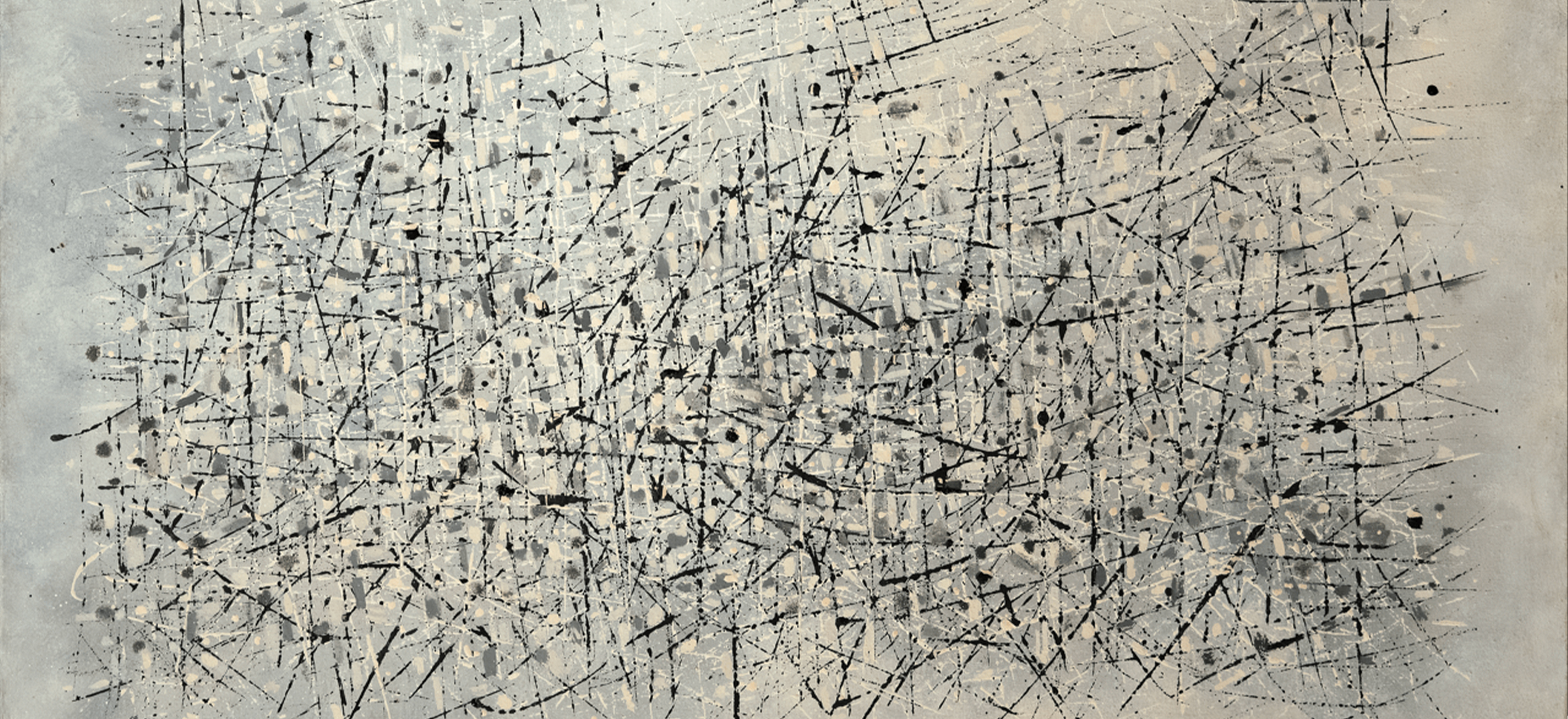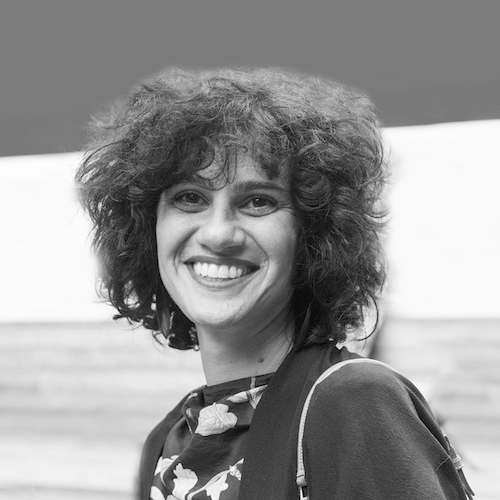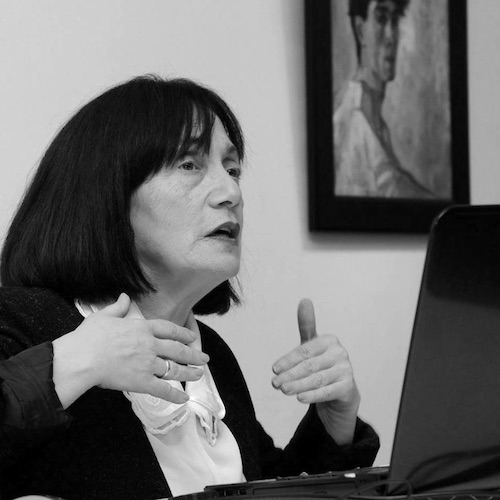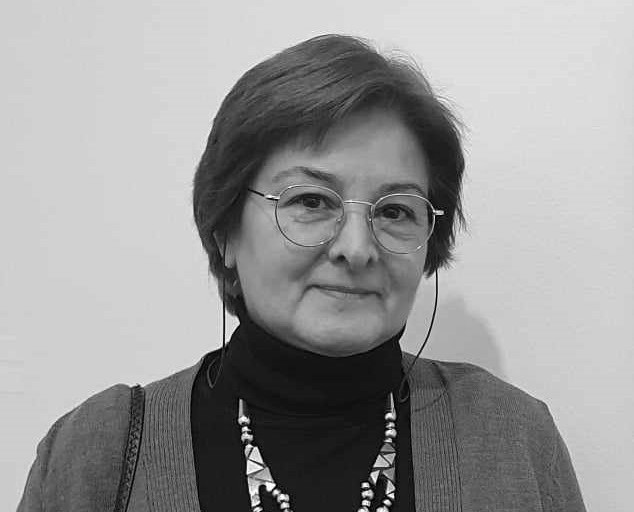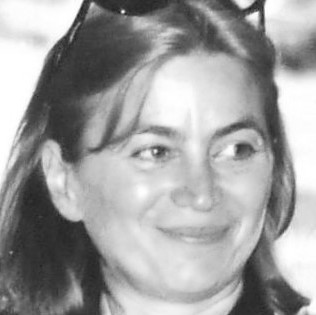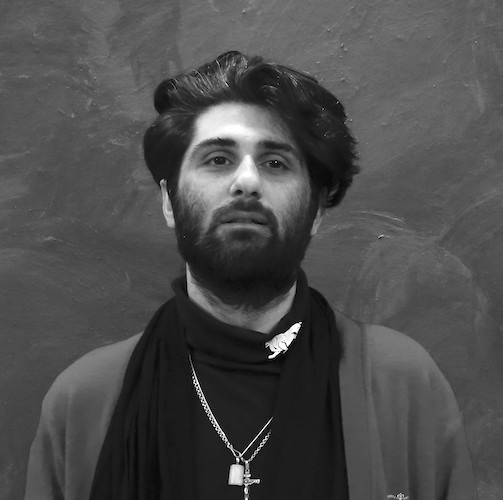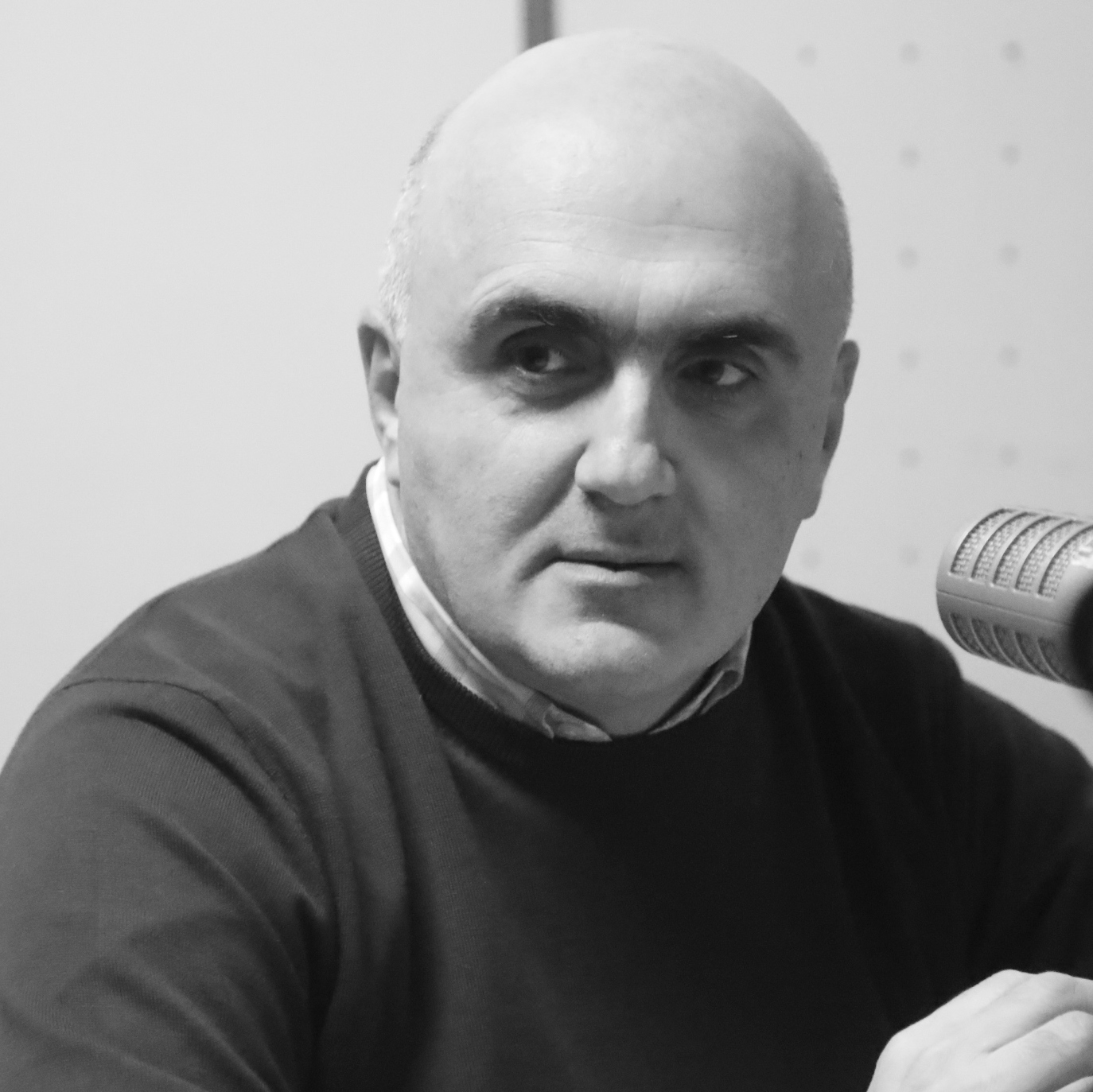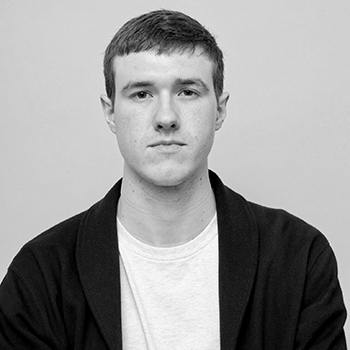Tamta Tamar Shavgulidze (თამთა შავგულიძე) is an art expert, Head of the Academic Research and Creative Development Department at the Tbilisi State Academy of Arts, a professor, lecturer, and curator. At the Tbilisi State Academy of Arts, among other subjects she teaches the history and theory of sculpture, art history research methodology, and ways of reading modern art. In 2015, she defended her doctoral thesis at the Tbilisi State Academy of Arts. She is the author of the monograph “Georgian Sculpture of the 20th Century (Transformation of Form and Function),” which was published in 2018. She is the author and head of several international curatorial, scientific, creative, and educational projects, and periodically hosts her own radio and online broadcasts about art and culture. She is also a member of the International Council of Museums (ICOM) and the International Sculpture Center (ISC).

